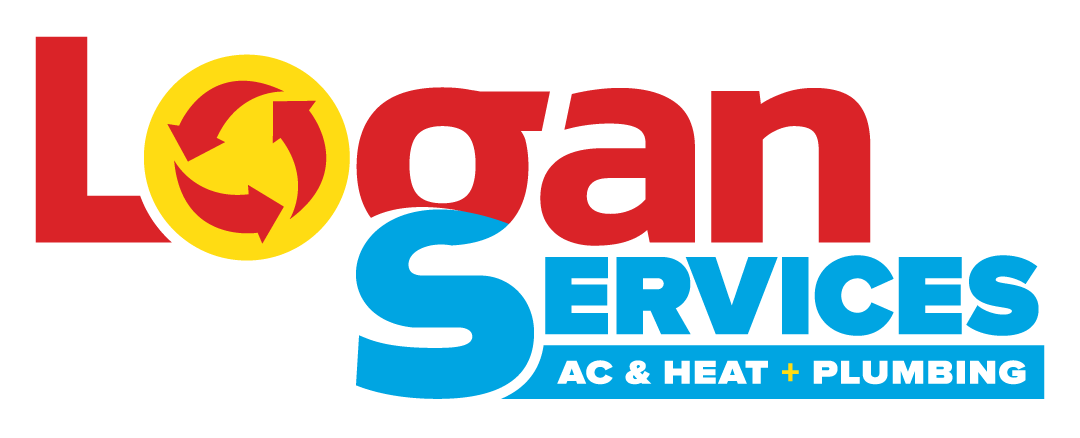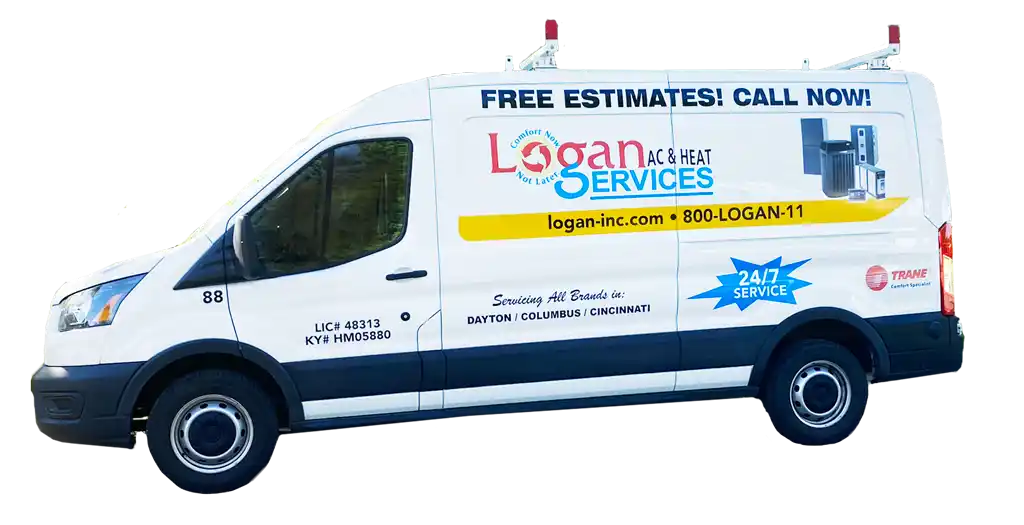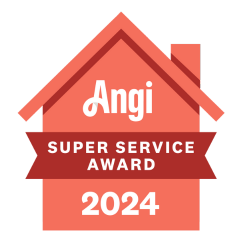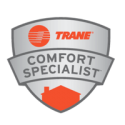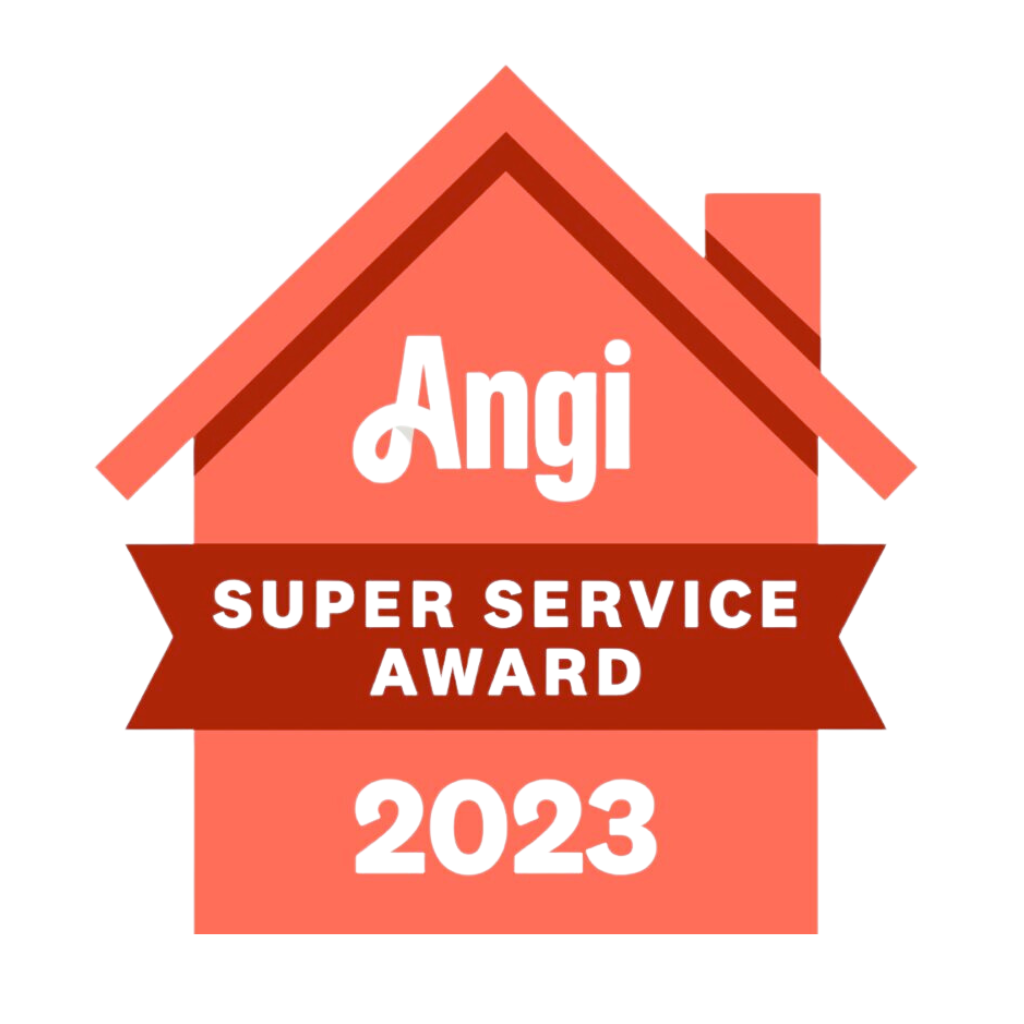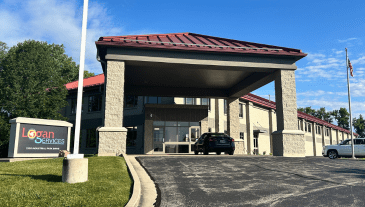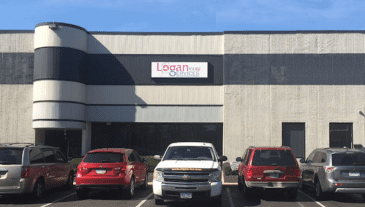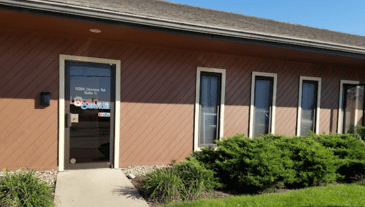When shopping for a new air conditioner, the choices may seem endless. Central air or a ductless mini-split system? Packaged or split? High efficiency or standard? This guide breaks down the major types of air conditioning systems for residential air conditioning system installation along with their pros, cons, components, and overall costs. With these basics, you’ll be prepared to choose the ideal cooling option for your home.
Central Air Conditioners
Central air conditioner (AC) systems are the most common type installed in homes today. They utilize a central air handler connected to ductwork that distributes cooled air throughout the house.
Components
A central air system contains two core parts – the condenser unit and an air handler/furnace. The condenser sits outside and houses the compressor and condenser coil. As hot refrigerant passes through the coil, a fan blows outside air over it to remove heat. This turns the refrigerant from a gas to a liquid.
The liquid refrigerant then runs through pipes into the evaporator coil in the furnace or air handler inside. As it evaporates back into a gas here, it absorbs heat from inside air blown over the coil. This cooled air is pushed through ducts into each room.
Efficiency
Central ACs are available in a range of efficiencies measured by a SEER rating. Most new units fall between 14 and 21 SEER. High-efficiency systems above 16 SEER can cost more upfront but save on monthly bills through reduced energy use.
Ideal For
Homes with existing ductwork throughout. Allows cooling of the whole home from one system.
Cost
Installation average costs range from $5,500 to $12,500+, depending on the home’s size, system efficiency, and whether or not you need to replace the indoor furnace/air handler as well. Ongoing costs include maintenance and monthly cooling bills.
Ductless Mini-Split Air Conditioners
Ductless mini-split systems provide targeted whole-home or partial cooling using one or more wall-mounted indoor units connected to an external condenser.
Components
Mini-split systems have an outdoor compressor/condenser and one or more discreet evaporator units installed directly in rooms you want to cool. Small refrigerant lines run conduit between them through holes in the wall.
Multi-zone systems allow control of different areas with dedicated remote controls. Some also offer smart thermostat integration.
Efficiency
Mini-split efficiency is measured in SEER-like central air conditioner systems but also COP (Coefficient of Performance) at various outdoor temperatures. Look for a high SEER alongside excellent cold weather COP.
Ideal For
Homes without existing ducts, hot/humid climates, additions, heating/cooling individual rooms, open floor plans.
Cost
Average costs range from $4,000 to $7,000+ per indoor head installed. Some systems offer heating and cooling models, which will play a part in cost as well. Multi-zone systems cost more but eliminate ductwork for whole home coverage with targeted temp control.
Window/Wall Air Conditioners
As the name implies, these self-contained window ac units are mounted in windows or walls to cool a single room.
Components
All parts fit inside a chassis that slides into a built-in wall sleeve or window frame. Hot air exhausts outside while cooled air circulates in the room.
Efficiency
Look for an Energy Star unit rated at least 12 EER (Energy Efficiency Ratio). More advanced models also offer smart/WiFi control.
Ideal For
Supplemental spot cooling of bedrooms, additions, garages, etc. Not intended as whole-home solutions.
Cost
$150 to $800, depending on capacity, features, and installation requirements.
How Much AC Do I Need? Calculating BTUs
Installing properly sized modern air conditioners ensures they can cool your home efficiently without short cycling or increased wear. Calculating your ideal BTU requirement avoids issues with oversized units that start and stop too often.
For central air installation, count on a professional HVAC company to perform a load calculation and provide you with the proper BTUs needed for your home. If you are just researching and looking for a ‘best guess’ for BTUs needed, consider the following:
1. Measure Room Dimensions
Calculate the total square footage of the living space to be cooled. Include all rooms on the same floor connected to the central system or where you will install mini-splits. Don’t count unconditioned garages, attics, etc.
2. Consider insulation, windows, etc.
Heavily insulated contemporary homes may need 12-15 BTUs per square foot. Older homes 15-20 BTUs. Large/poorly insulated spaces could need up to 25 BTUs per square foot.
3. Total BTUs = Area x BTUs Per Sq Ft
Multiply calculated square footage by ideal BTUs per square foot based on home construction and insulation. This gives your minimum target BTUs for adequate cooling.
4. Match to AC Unit Size
Most residential air conditioners range between 1.5 to 5 tons capacity or 18,000 to 60,000 BTUs per hour. Select the properly matched units and rooms for your BTU needs.
Potential AC sizing chart:
- 1.5 tons – 500 to 1,800 sq ft
- 2 tons – 1,000 to 2,000 sq ft
- 2.5 tons – 1,700 to 2,500 sq ft
- 3 tons – 2,200 to 3,000 sq ft
- 3.5 tons – 2,800 to 3,800 sq ft
- 4 tons – 3,500 to 4,500 sq ft
- 5 tons – 5,000+ sq ft
Oversizing your unit reduces system lifespan, wastes energy, and causes temperature fluctuation. Allow your HVAC contractor to confirm the final selection, but use these general guidelines for getting a rough idea of what your AC size calculations could be.
Step-By-Step Central AC Installation Process
Once you’ve selected an HVAC contractor, the central air conditioning unit installation process follows this general timeline:
Planning Phase
Site Evaluation
The technician performs measurements, structural assessment, ductwork evaluation, etc, to create the project plan.
Submit Permits
The contractor applies for any required municipal building permits for the AC installation.
Electrical Setup
An electrician assists, if necessary, in installing new breaker box circuits to power the internal and external AC components.
Installation Phase
Condensing Unit
The external condenser unit is leveled on a concrete pad on a north-facing wall away from direct sunlight.
Evaporator Coil
The evaporator coil gets inserted into existing ductwork tied to your furnace or air handler blower motor.
Refrigerant Piping
Copper pipes connect the external compressor to the evaporator coil to complete the refrigerant loop.
Vents/Registers
Additional supply and return vents may be cut into existing ducts or ceilings to improve air circulation if needed.
Control Wiring
Low-voltage communication cables link the thermostat inside to the external condenser unit.
Start-Up and Testing
A refrigerant charge is added, and the system undergoes thorough functional testing.
Completion Phase
Insulation Wrap
Ductwork and piping may be wrapped to reduce condensation and prevent heat gain/loss if needed.
Manuals and Paperwork
Homeowners receive all equipment installation manuals, warranties, and permit sign-offs.
Maintenance Overview
The HVAC company provides guidance on proper maintenance and filter changes.
AC installation duration will depend on the experience of the ac installation company you choose. Logan Services can complete a cooling system installation in just one day. With other contractors, you may find that they take 1-3 work days. Homeowners should expect regular progress updates from their contractors throughout. Any work completed may also need to be inspected by the county, so factor in that additional appointment post installation prior to project completion.
Cost of Central AC Installation
When budgeting for a new air conditioner, plan for both equipment purchase costs and professional installation fees. Prices vary based on system efficiency and home details like size and existing electrical.
Condenser Unit
The cost for the exterior central AC component can vary greatly depending on tons/BTU. High-efficiency units fall on the upper end.
Financing Solutions: New Air Conditioning System Options
Evaporator Coil
New evaporator coils will increase the system price if an existing furnace coil needs replacement.
Other Components
New ductwork, thermostats, air quality products, and electrical upgrades, can add to the project investment as well.
Professional Installation
HVAC contractor fees should be included in the system price you are quoted. Choosing a company with excellent reviews is one of the most important decisions you can make in your AC installation replacement project. Quality installation is just as important as the type of ac you choose for your home.
Total Cost
In total, the budget is $5,500 to $12,500+ to install central AC. Get multiple bids to compare pricing for your specific project. Be sure to explore financing options for your new AC unit as well when paying out of pocket.
Energy Efficient AC Buyer’s Guide
Upgrading an older AC or installing your first air conditioner presents the perfect time to choose an energy-efficient system. Energy Star-certified units undergo independent testing to validate their performance claims and simulated cost savings.
What is SEER?
SEER (Seasonal Energy Efficiency Ratio) measures expected energy efficiency over an entire cooling season. The metric calculates total heat removal (BTUs) produced per watt-hour of electricity consumed.
What is EER?
EER (Energy Efficiency Ratio) works similarly but only measures peak efficiency at 95 degrees outdoor temp. SEER offers a better measure of performance across an entire season of local weather.
Tons vs SEER
Don’t confuse tons or BTUs with efficiency ratings! A 3-ton central air conditioner has 36,000 BTUs of capacity. Instead, look for system types and sizes you need that carry ENERGY STAR and high SEER certifications.
Other Factors
Consider noise ratings (dB), HSPF for heating, and variable speed compressor and fan features that enhance efficiency. WiFi-enabled models also allow closer monitoring and control.
Choosing an industry-leading efficiency AC unit typically adds a few thousand in upfront cost but can pay back over 5-7 years on utility savings alone.
Ongoing Central AC Maintenance
Proper maintenance keeps your air conditioner running smoothly through years of peak cooling seasons. Follow this annual checklist and consider getting on an HVAC maintenance plan to prevent issues and extend the system lifespan:
Clean/Replace Filters
Clogged air filters force the blower motor to work harder, lowering efficiency. Check filters each month and clean or replace them as needed based on instructions.
Clear Condenser Coil
Use a hose or even hire an expert to use special coil cleaning spray to rinse debris and buildup off the outdoor fan condenser unit.
Check Electrical
Inspect wiring connections to ensure tight and corrosion-free fits backed firmly against insulation.
Examine Refrigerant
Technicians should periodically confirm refrigerant pressure stays in the normal operating range and top it off if it is low. Small leaks trigger AC issues.
Keep Drain Lines Clear
Use a cup of vinegar or bleach every 6 months to clear any algae buildup that restricts drain line water flow.
Tune-Up
Annual professional tune-ups catch and correct small problems before they cascade into major repairs. They also improve efficiency and can extend equipment lifespan.
Following basic preventative central AC maintenance lowers operating costs and reduces painful summer repair bills.
Review Equipment and Contractor Warranties
All air conditioning components should come with written equipment warranties from the manufacturer. Reputable HVAC contractors also back their installation workmanship.
AC Equipment Warranties
- Compressor: 5-12 years
- Parts: 5-10 years
- Labor: 1+ years
Contractor Work Warranties
Varies 1+ years for installation labor and repairs.
Register all warranties as soon as your AC unit gets installed. File away manuals and warranty cards noting model/serial numbers and coverage details for each component.
Thoroughly read what voids the warranty, such as improper use and lack of maintenance. Follow all guidelines regarding filter changes, annual checkups, clearing drain lines, allowing proper airflow, etc.
Never assume you carry a valid warranty. Confirm the terms upfront with manufacturers and installation companies to protect your major cooling investment.
The Logan Difference
At Logan Services, we take pride in being a family-owned business providing exceptional service since 1969. Our close-knit team offers an installation experience that stands apart:
- Rigorous Training – Technicians complete extensive hands-on training encompassing all major AC brands and models before serving customers.
- Customer Focus – We take extra time to protect homes, communicate every step, and test thoroughly – avoiding frustrations property owners often face.
- Planned Inventory – Managers ensure full parts inventories on trucks before each job to prevent messy delays. We finish on time.
- Accountability – Checklists, project oversight, progress updates, and direct staff contact ensure installations meet our high standards.
Our entire Logan team believes doing things the right way results in happy homeowners and positive word of mouth. We’re invested in improving home comfort all throughout the tri-state area with reliable work and community initiatives.
Frequently Asked Questions (FAQs)
Should I size my AC unit to match my home square footage?
Not necessarily. Manual J load calculations provide the only true way to find your ideal BTU needs. Simply matching to square feet often results in an oversized unit that operates inefficiently.
Which is better – single or multi-zone mini-splits?
It depends on your goals. Multi-zones cost more but don’t require vents/ducts for whole-home coverage. Single zones work well for additions and remote areas like garages.
How much does it cost to install central AC in an older home?
Anywhere from $8,000 to $12,000+ in homes requiring ductwork improvements, electrical upgrades, HVAC integration, etc, along with the unit itself. Get quotes from multiple companies when replacing existing air conditioners.
Should I choose the contractor with the lowest bid?
Almost never. Extremely low bids result from cutting corners that lead to problems down the road. Be wary of paying too much as well, though.
